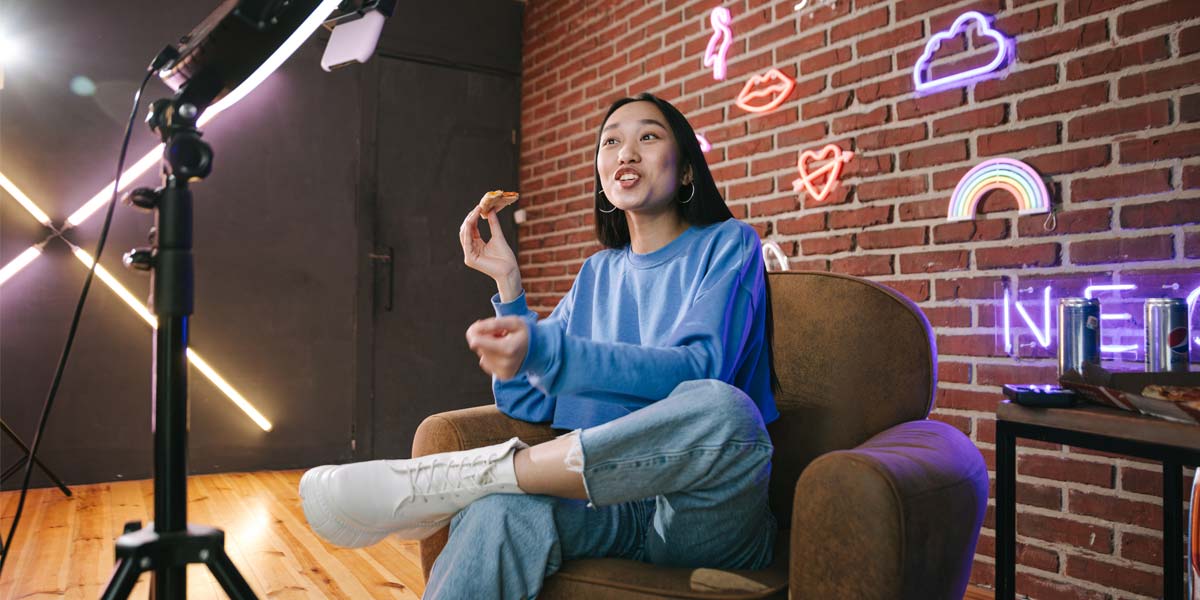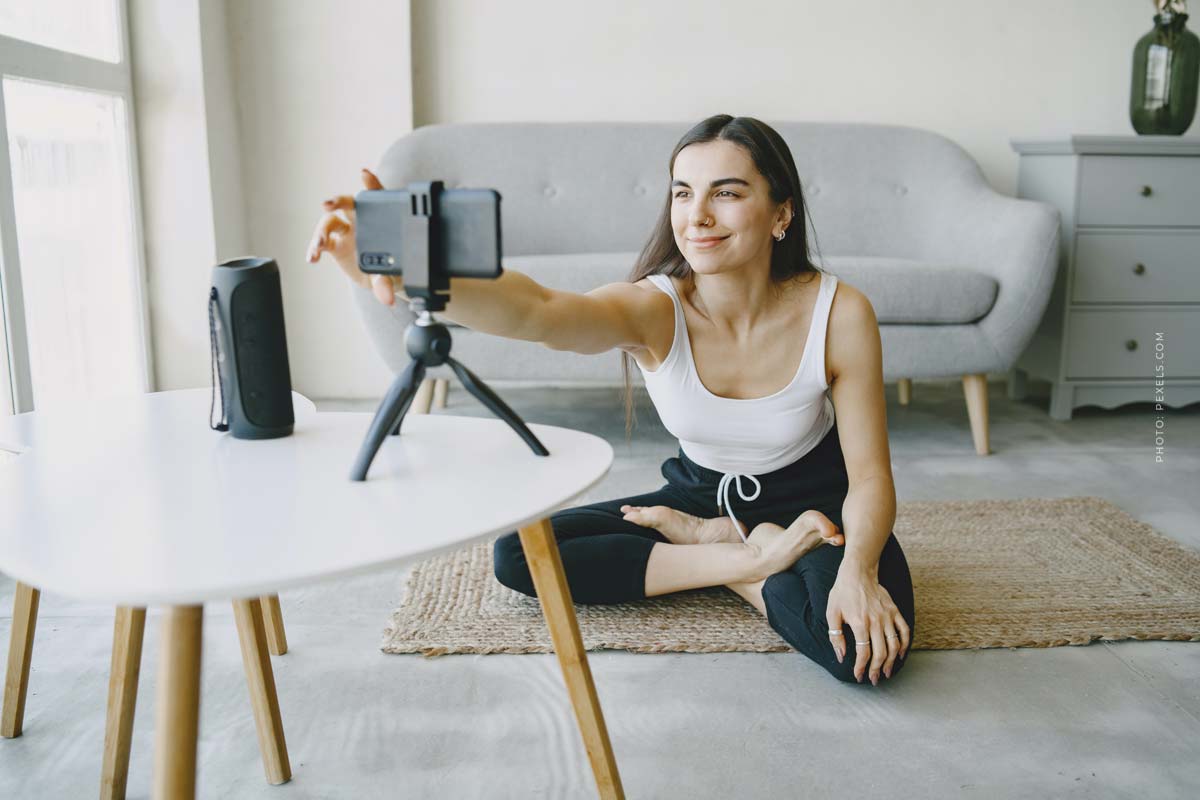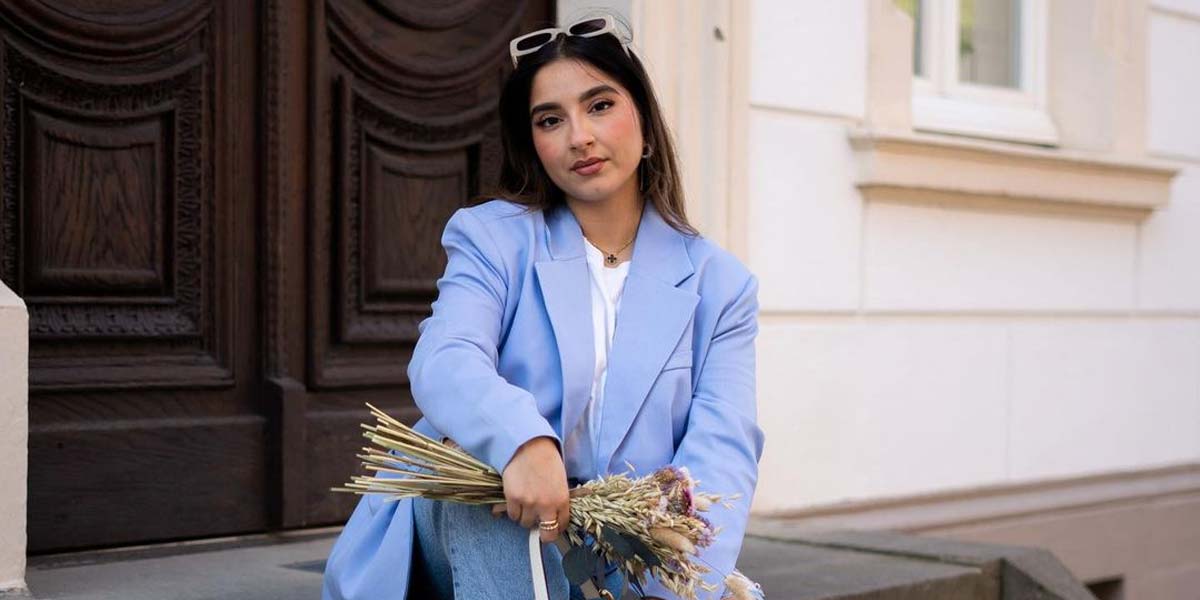10 Tips: Find the right influencer for your campaign
Looking for the perfect influencer for your campaign? The right creator is no longer defined by the number of followers. Especially with the overwhelming selection on social media, there are many different aspects that you have to and can pay attention to. Depending on the campaign goal or corporate philosophy, it is therefore necessary to look individually at which aspects are important in the search.
Choosing the right influencer: Watch out!
Don’t know where to start? Here are 10 valuable tips that can help you choose the right influencer. You can decide for yourself what you personally want to focus on. Take these tips to heart and you are guaranteed to find the perfect partner for your influencer campaign!
#1 Have campaign goal in mind
Influencer marketing pursues a variety of appealing goals: Increasing brand awareness, improving image, promoting customer interaction, and generating valuable information for product development and optimization.
All these goals can be combined in an influencer collaboration, but it is advisable to always prioritize one main goal to achieve optimal results. This clear objective will help you choose the right influencer for your campaign. In this way, the strengths of the individual influencers can be used optimally.
#2 Consider the target audience of the influencer
Even if this step is self-evident for many, it is even more important not to neglect it. The goals and the exact target group are the basis for everything that follows. So ? The target group of the influencer should merge as best as possible with that of your campaign.
After all, you want to reach as many relevant people as possible. To do this, be sure to create a clear target group based on market analyses, previous sales figures or detailed personas.
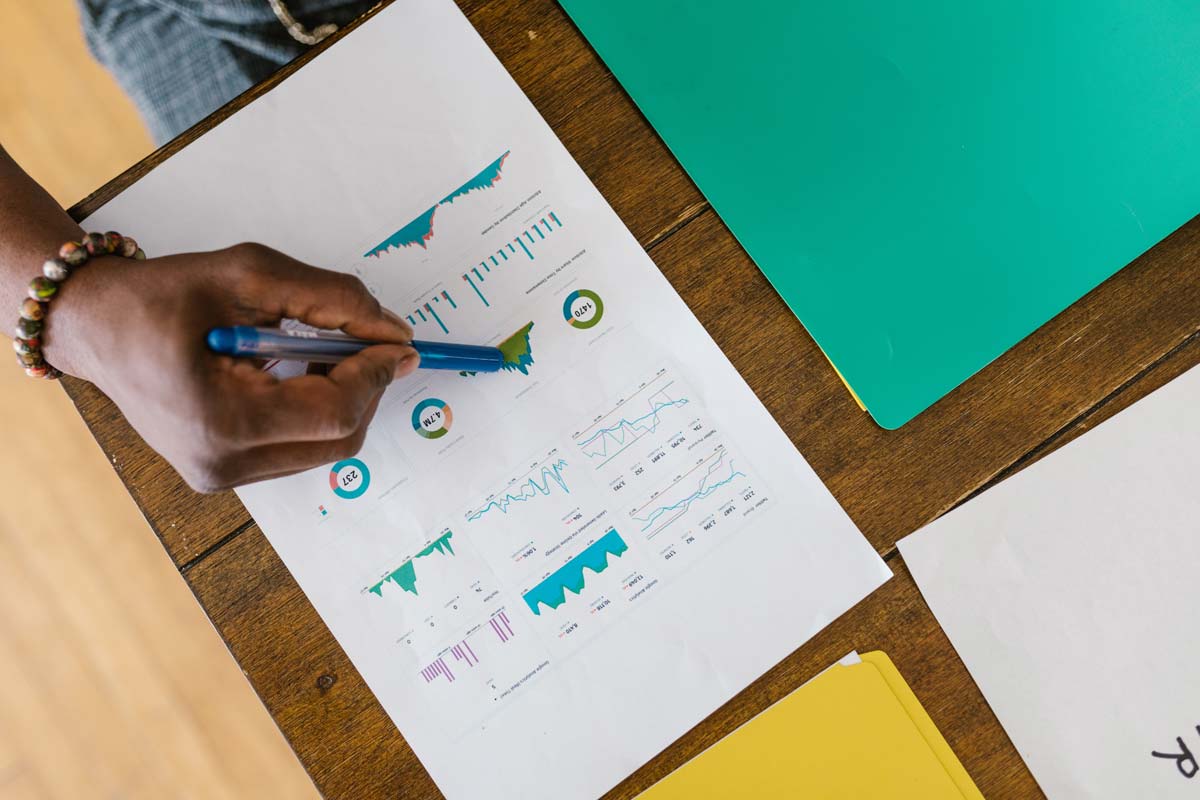
You should consider the following points:
- Age
- Gender
- Interests
- Consumer behavior/purchasing behavior
- Purchasing power
- Values
- Which channels are particularly present with this target group
#3 Suitable Influencer Type Decides
Deciding between mega, mid or micro influencers can be a tricky one. But how do I figure out which reach best suits my campaign? Each of these types brings different benefits.
Micro-influencers: know-how & high interaction with community
These influencers are often active in specific niches and are characterized by their high level of expertise. They are usually perceived by the community as more authentic than macro-influencers. Therefore, they are particularly well suited for companies that rely less on aggressive sales strategies and place more value on valuable content.
However, it should be noted that multiple influencers may be needed to cover different topics. Although the reach is lower, the return on investment (ROI) is often higher because the target group is addressed more specifically.
Macro Influencer: High Reach & Various Topics
Macro-influencers, on the other hand, are suitable for companies that are looking for influencers with a large reach and want to cover changing topics with the same influencer. They usually appeal to a broader crowd and serve different interests. The downside, however, is that authenticity may be questioned more quickly because macro-influencers appeal to a broad target group.
When choosing the right reach for the campaign, it is important to consider the goals and the type of engagement desired. A careful balance between reach and authenticity is important to achieve the greatest possible success.
#4 Select appropriate channel
Not all target groups are active exclusively on Instagram. The relevant social media channels result from the definition of the target group. And here too, not every influencer is present on all platforms. This makes the circle of potential influencers even smaller at this point. Concentrate on the most important channel of your target group and do not invest your budget in unnecessarily many channels in order to reach as many people as possible.
If you know which channels your target group is mainly active on, focus exactly on them when looking for influencers. Facebook and blogs are more suitable for older generations, while platforms like Instagram or TikTok are optimal for younger generations. Nevertheless, this is merely a point of reference. As I said, there are many more factors than just age that play a role in the selection process.
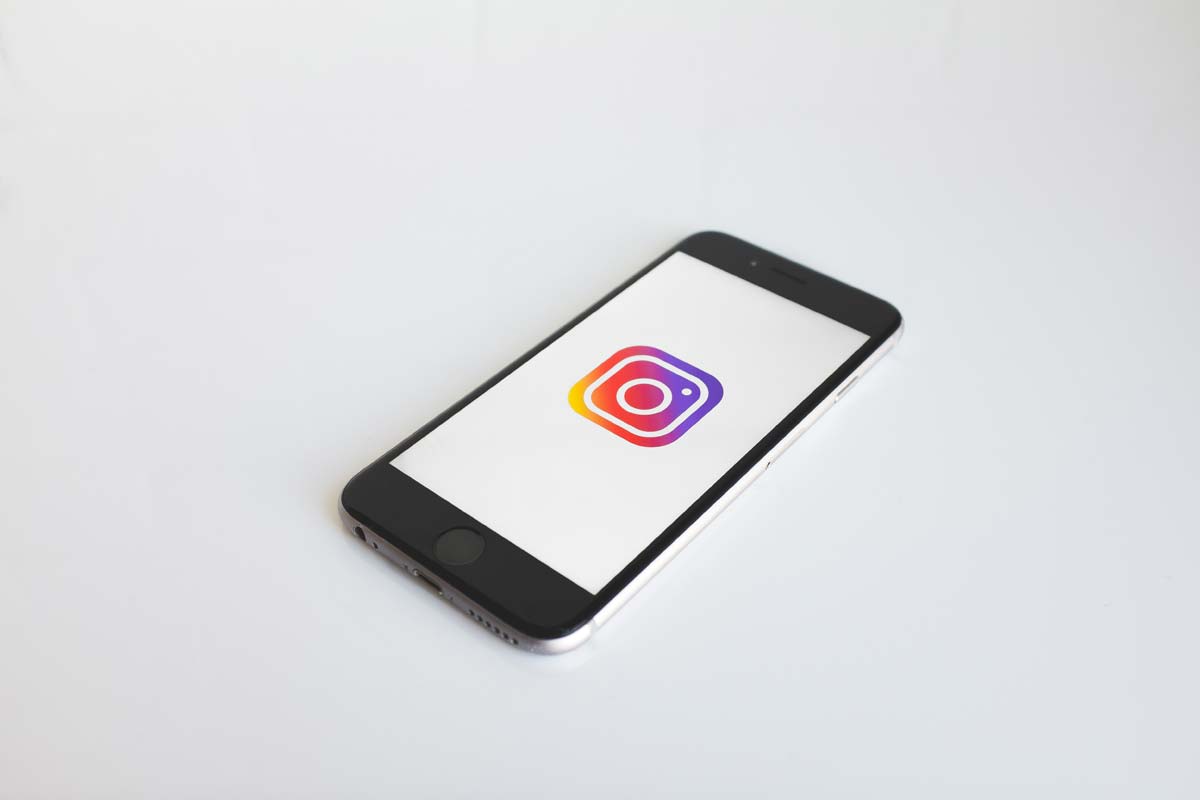
#5 Identify relevant topics
To find out what our target group is really interested in and which influencer can cover these topics, research tools for social media monitoring are extremely helpful. In addition, it is advisable to conduct keyword research to filter out what is searched for most. In this way, we gain valuable insights into which content and topics appeal to our target group and which influencers match them.
#6 Put yourself in the customers’ shoes
If you know your target audience and their preferred social networks, you should put yourself in their shoes. Log into the networks that your target group also uses and search for your topic in an informal way first. For example, if you’re looking for an Instagram influencer, searching by relevant hashtags is a good way to go. If you’re looking for bloggers, it’s a good idea to search topic-related pins on Pinterest. A YouTube search can also be helpful.
In addition, a thematic Google search or a search for competitor actions can be useful. Often you can already find influencers who are enthusiastic about your topic or have already written about it in this way.
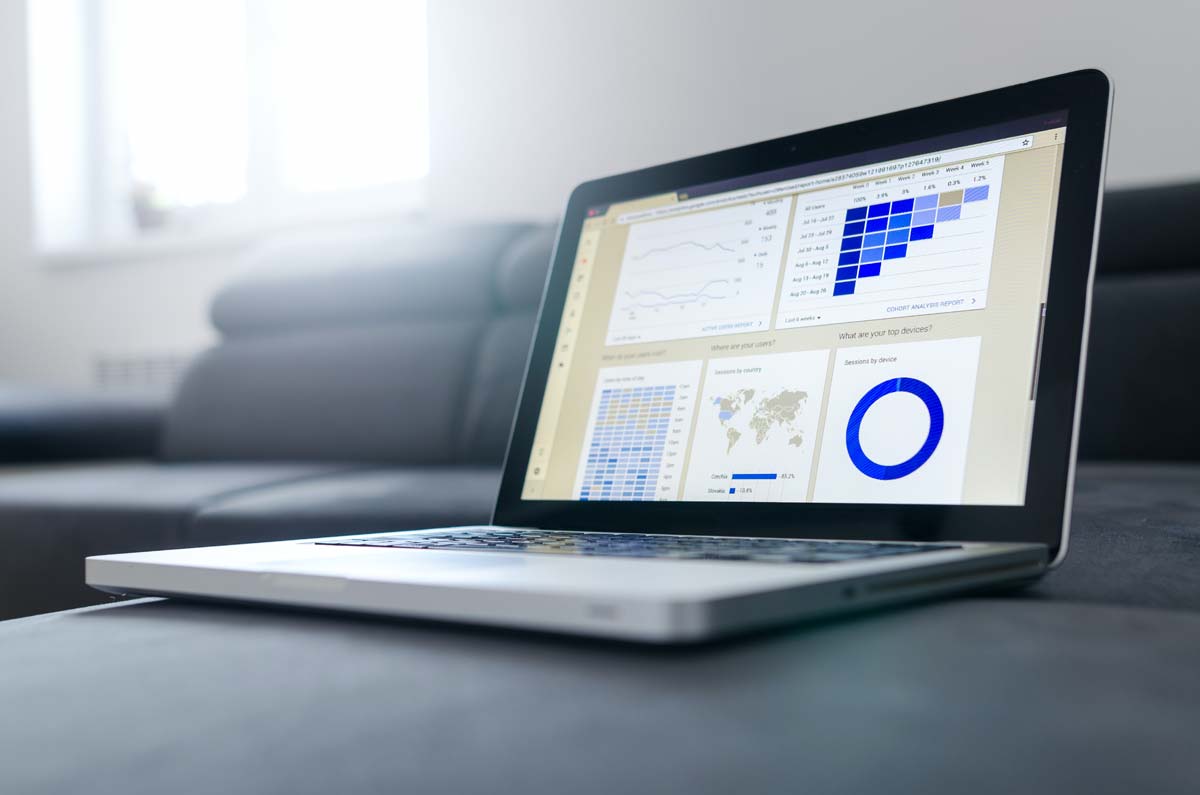
#7 Qualitative analysis
It’s important that the influencer fits your company, so you should pay particular attention to ensuring that the influencer’s style and demeanor match your corporate image. Start by visiting each individual blog or social media profile and get a first impression of the quality.
The following questions may play a role here:
- Credibility/authenticity
- Content quality
- Does the influencer’s values and content match your company’s philosophy?
- Language style – reference to target group
- Sympathetic?
- Is it a match at the design level?
#8 Quantitative analysis
Quantitative analysis of influencers provides valuable insights into their performance and relevance within social media. Various factors can be examined to make informed decisions about potential collaborations.
Here are some important aspects to consider when evaluating an influencer:
- Range
- Follower count
- Posting frequency
- Growth
- Follower Demographics
- Countries Following
- Insights from the Influencer provide information about
#9 Beware of fake followers!
Given the increasing pressure to have a large number of followers, the purchase of false followers (so-called “fake followers”) on Instagram is unfortunately no longer a rarity. Therefore, it is advisable to subject potential influencers to an appropriate test in order to detect possible irregularities.
A clear indication of follower buying is, for example, if the majority of a German influencer’s followers come from abroad, especially from countries such as India, China or Russia. Another sign of manipulated numbers is the engagement rate: Influencers with a five-digit follower count should have several hundred to a thousand interactions per posting in order to be considered credible.

Identify #10 No-Gos
It is advisable to subject the influencer to critical scrutiny, especially with regard to sponsored posts. The following topics may be of importance:
- Has the blogger formulated his or her own opinion about the product or merely reproduced the press release?A credible blogger will express his or her own opinion about a sponsored product or service instead of simply repeating the press release provided.Check whether the blogger shares his or her personal experiences, preferences or concerns and whether he or she conveys an honest and authentic opinion.
- Is there clear labeling of advertising?Transparency is critical to assessing the credibility of the blogger. Check whether sponsored content is clearly marked as advertising. This can be done, for example, by appropriate notices or tags such as “advertisement” or “advertising”.
